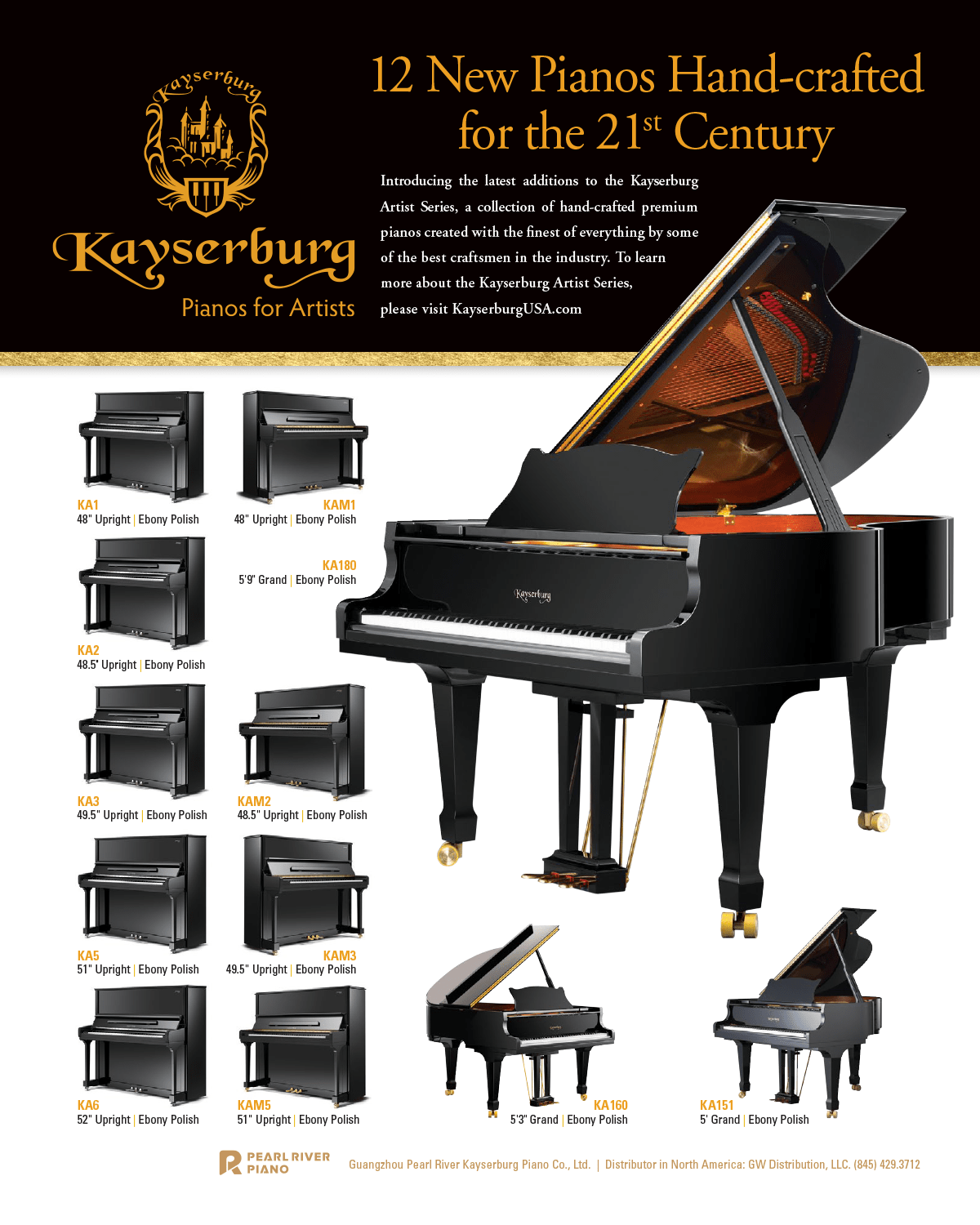See the drop-down menu at the top or bottom of the page for the individual topics that comprise the rest of this article.
Introduction
The purpose of this article is to provide an overview of the process of buying an acoustic (traditional) piano, with an emphasis on the decisions you’ll have to make along the way, and on the factors that will affect any purchase of an acoustic piano. References are given to other articles in this publication, or to The Piano Book, for further information on selected topics. For an overview of the process of buying a digital (electronic) piano, please read our article on that subject.

Why Is Buying a Piano So Hard?
An acoustic (traditional) piano can be one of the most expensive — and difficult — purchases most households will ever make. Why so difficult?
Lack of qualified advice. A person who sets out to buy a piano is unlikely to have a social support network of family and friends who are knowledgeable about pianos to serve as advisors, as they might if buying a car, house, or kitchen appliance. A “modern” piano is essentially a 19th-century creation about which few people know very much, and about which much of what they think they know may not be accurate or current. Even music teachers and experienced players often know little about piano construction or the rapidly changing state of piano manufacturing, often relying on their past experience with certain brands, most of which have changed significantly over the years.
Confusing array of choices. Acoustic pianos are marketed nationally in the United States under some 70 different brand names from a dozen countries (plus dozens of additional names marketed locally), with thousands of models available in dozens of furniture styles and finishes — and that's just new pianos! Add in more than a century’s worth of used pianos under thousands of brand names in an almost infinite variety of conditions of disrepair and restoration. Just thinking about it can make one dizzy.
Value for the money unclear. New pianos vary in price from $2,000 to $200,000. But unlike many other consumer items, whose differences can be measured or are readily apparent, most pianos, regardless of price, look very similar and do pretty much the same thing: they’re shiny and black (or a wood color), play 88 notes, and have three pedals. The features advertised are often abstract, misleading, or difficult to see or understand. For this reason, it’s often not clear just what you’re getting for your money. This can lead to decision-making paralysis.
Confusing sales practices. While many piano salespeople do an honest and admirable job of guiding their customers through this maze, a significant minority — using lies, tricky pricing games, and false accusations against competing dealers and brands — make the proverbial used-car salesman look like a saint. And once you get through haggling over price — the norm in the piano business — you may be ready for a trip to a Middle East bazaar.
Shopping Advice:
Dealing With Technical Issues
As you shop for a piano, you’ll likely be bombarded with a great deal of technical jargon—after all, the piano is a complicated instrument. But don’t allow yourself to be confused or intimidated. Although some technical information can be useful and interesting, extensive familiarity with technical issues usually isn’t essential to a successful piano-shopping experience, especially when buying a new piano. (A little greater familiarity may be advisable when buying a used or restored instrument.)
Most technical information you’ll come across relates to how the manufacturer designed the instrument. You should focus on how the instrument sounds, feels, and looks, not how it got that way. In addition, technical features are often taken out of context and manipulated by advertising and salespeople—the real differences in quality are often in subtleties of design and construction that don’t make good ad copy. For those readers who love reading about the finer technical details, we recommend the author’s earlier work, The Piano Book.
Next Topic